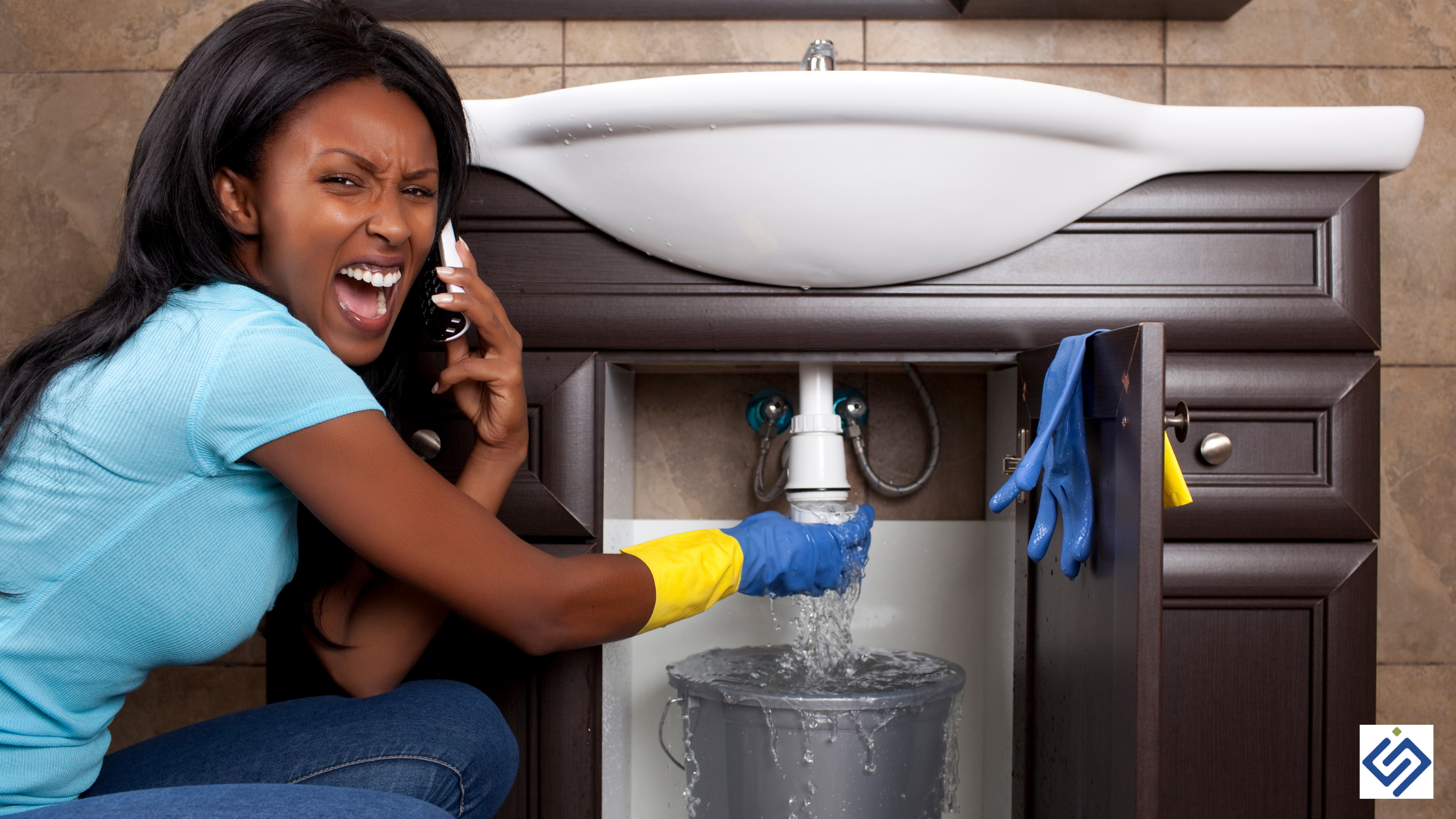Preventing Water Damage in the Bathroom
Preventing Water Damage in the Bathroom
Blog Article
What're your opinions about Looking for Signs of Water Damage in the Bathroom?

The restroom is exceptionally susceptible for moist accumulation and also possible water damage as a result of the regular use of water in it. This post offers basic examination methods to aid spotting water damages risks.
The constant use water in the restroom makes it very prone for wet accumulation as well as potential water damage. By evaluating it regularly, you can decrease water associated problems.
The following set of assessments is very easy to perform and must be done as soon as in every three months in order to keep your restroom healthy and also to prevent prospective water problems brought on by the bathtub, the shower, pipe joints as well as plumbing, sinks, cupboards, and also the commode
Do not neglect carrying out these inspections as well as be extensive while doing them. Bear in mind that these straightforward examinations can save you a lot of money by offering early indicators for water damages
Tub as well as Shower
The shower and also bath tub call for special attention and maintenance. Check the tiles as well as replace if broken. Ensure that there is no missing grout between the ceramic tiles. Examine as well as replace broken caulking at joints where the wall surfaces satisfy the floor or the tub. Blocked drains and pipes problems will certainly protect against the tub from drying and may indicate serious troubles under the bath tub. Seek advice from a specialist promptly to avoid structural damage. Pay attention to stainings or soft locations around the tub walls as they may indicate an inner leakage.
Plumbing
Signs for water damage are hard to detect since a lot of pipes are installed inside the wall surfaces.
Pay unique interest to flooring and also wall surfaces wetness and stains as they might suggest an unnoticeable plumbing problem. Examine dampness levels in adjoining areas also.
Sinks and Cabinets
Sinks and also closets are revealed to moisture and also moisture daily and also are commonly neglected. Evaluate routinely under the sink and also on the counter top over it. Repair any drip in the catch as it may recommend drainpipe problems. Check out the sink, sluggish draining pipes might suggest an obstructed drainpipe. Replace sink seals if they are split or loosened.
The Bathroom
The bathroom is a prone water junction. Check the water lines and look for leakages around the bathroom seat, in the hose, as well as under the water tank. If you identify any indicators of moisture on the flooring around the bathroom, look for leaks in the toilet edge as well as storage tank seals.
Be aware that hanging bathroom bowl deodorants increases the possibilities for clogs.
Water Damage Signs In The Bathroom To Avoid Cleanup
Musty smell
This is one of the easiest signs to catch because musty smells are so odorous. The damp, earthy, moldy smell should be a big red flag. The smell will develop when moisture gets trapped in surfaces, and begins to facilitate mold growth. Leaking pipes under cabinets, inside walls, and behind shower fixtures will cause moisture to stay trapped and not dry, which will lead to mold growth and spread. As soon as you notice any musty smells in your bathroom, have it checked for hidden water damage and cleanup signs.
Visible mold
If the smell isn’t there to give it away, sometimes you will actually see mold growth. Finding mold in your bathroom is a serious problem, because mold is very harmful to your health. By the time mold growth is visible, it also means that water damage has already occurred and been present for some time. The only way the mold problem can be resolved is to find the source of the moisture and get it stopped. To safely and adequately remove mold, you need to have professionals handle the remediation. Do not waste any time in getting mold problems addressed, fixed, and sanitized so that you can protect you and your family from the many respiratory symptoms caused by mold exposure.
Damaged floors
Bathroom floors should be able to withstand some exposure to water while still remaining in good condition. However, when excess exposure or water leaks occur, they will begin to damage even the most water-resistant flooring. If you notice any cracking, bubbling, staining, or warping on your bathroom floors, there is probably a water leak somewhere causing the distortion. If you notice areas of the floor have become softer, or even have a spongy feeling, there is probably damage to the subfloor. Subflooring is typically made up of plywood. When plywood is exposed to water or moisture, it will absorb it. Once it has become saturated, the weight of the excess water will cause the wood to swell and soften. Check the floors in your bathroom frequently to catch any of these sings before they lead to damaged subflooring.
Changes on walls
When water leaks behind walls, it will cause changes in the drywall. Peeling plaster, blistering paint, and soggy wallpaper are all good indicators that excess water is building up behind the wall. Water leaking behind drywall will cause it to swell and be soft to the tough. If you start to notice gaps along the trim of your walls, or where tile meets the wall, it could also be a strong indicator that there is a leak behind the wall. Any changes, distortion, or damage on the walls should be evaluated as soon as you notice it to prevent further water damage and cleanup.

I hope you enjoyed reading our excerpt about How to Repair and Prevent Bathroom Water Damage. Thank you so much for spending some time to browse our post. So long as you enjoyed our article please be sure to pass it around. I am grateful for your time. Visit again soon.
Get A Free Quote Report this page